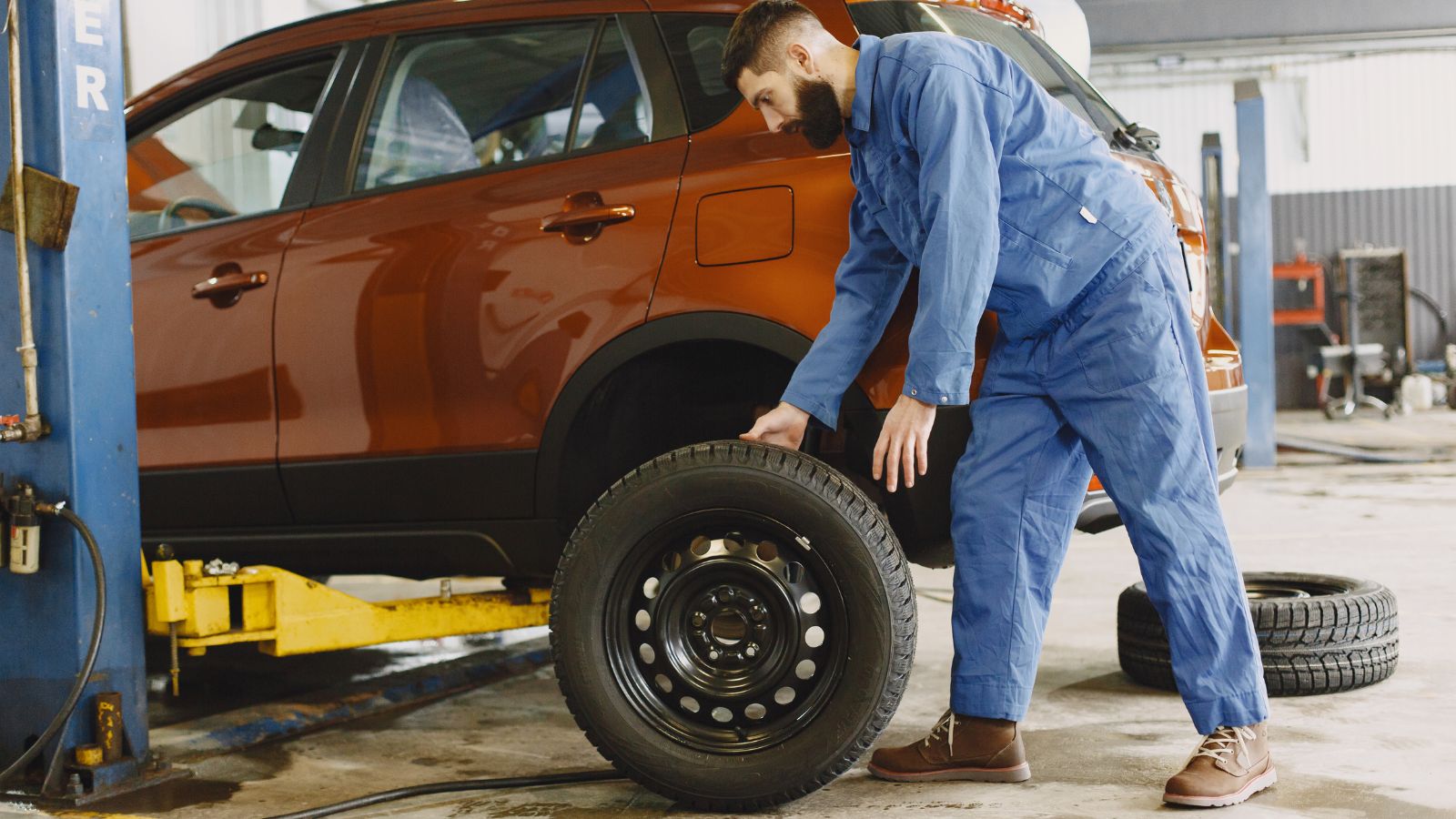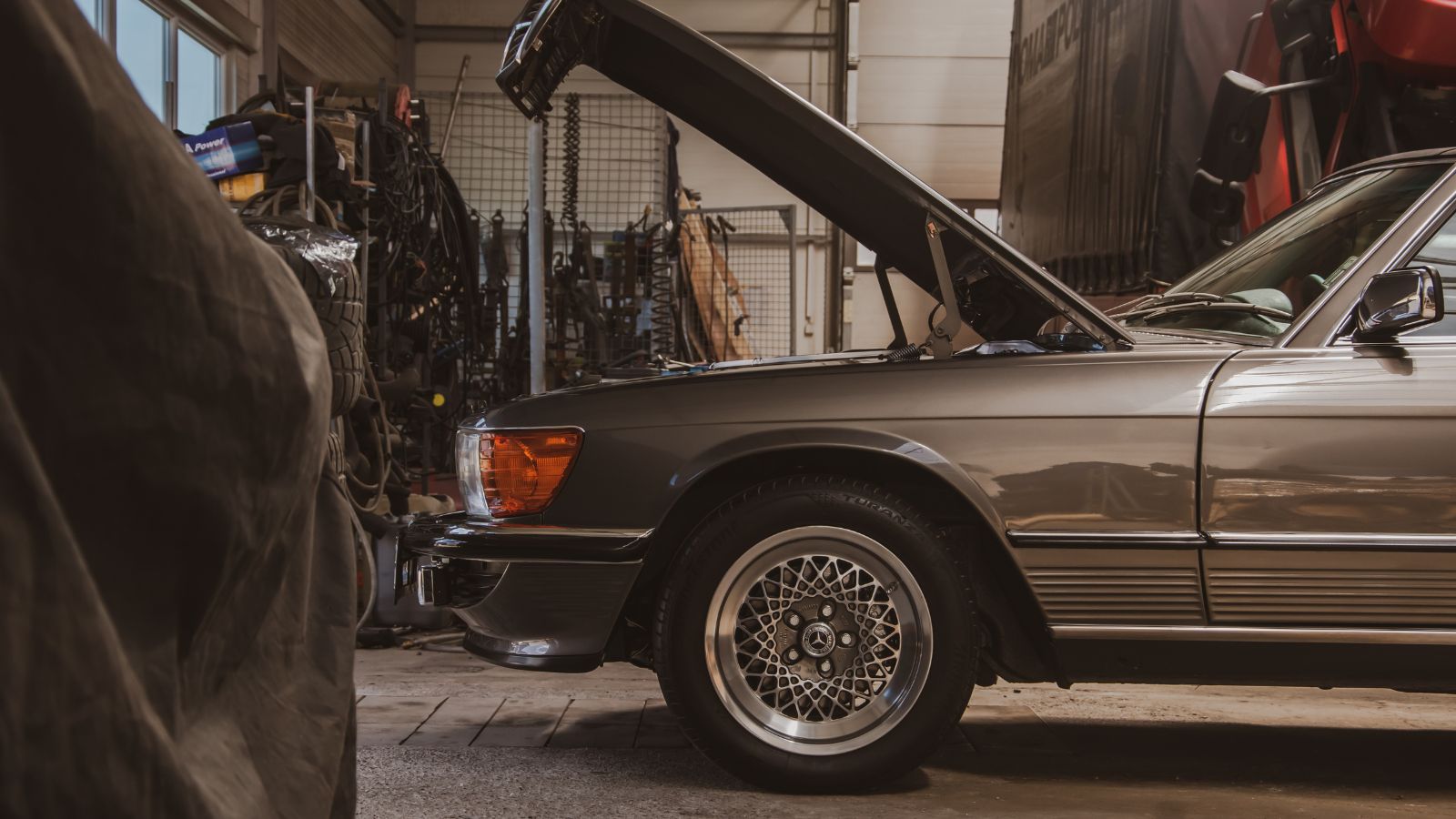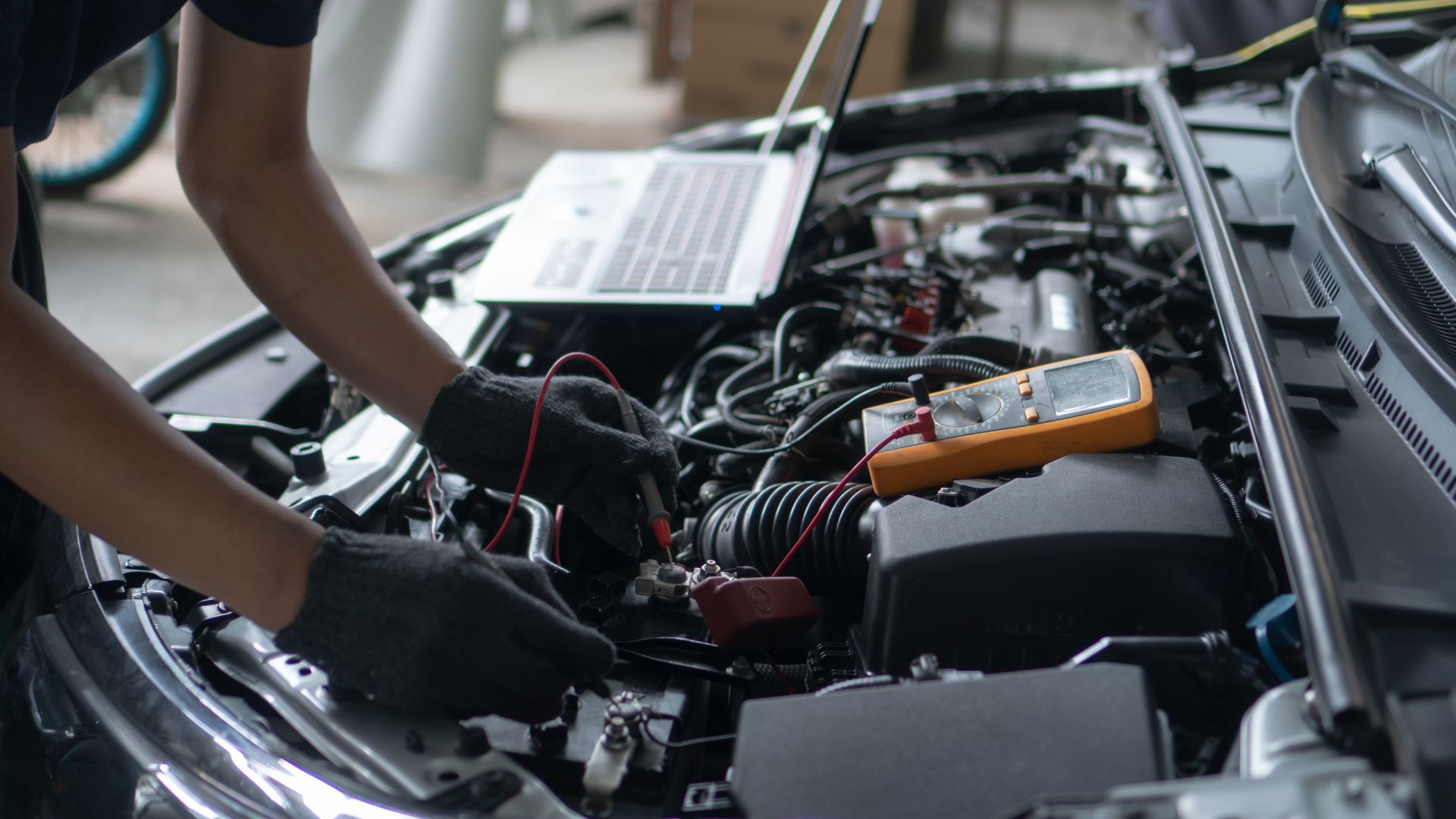In the ever-evolving world of automobiles, understanding the basics of car maintenance and repair is no longer a luxury—it’s a necessity. Whether you’re a car enthusiast or a regular driver, a well-maintained vehicle can save you from unexpected breakdowns and costly repairs.
This article dives into the essential aspects of automotive repairs and maintenance. From routine check-ups to complex repairs, it offers a comprehensive guide to keep your vehicle running smoothly and efficiently. So buckle up, and let’s embark on this journey to automotive self-reliance.
Automotive Repairs and Maintenance
One can’t understate the significance of regular automotive repairs and maintenance in sustaining a car’s vitality. This process not only improves its longevity but also upholds its performance capabilities and safety standards. Let’s explore these facets in detail.
Extending Vehicle Life
Regular engagement in automotive repairs and maintenance isn’t just about keeping the car roadworthy but about guaranteeing its extended lifespan too. For example, frequent oil changes optimise the engine’s health, and prompt tire changes reduce wear and tear. By addressing minor issues, like replacing a worn brake pad, one reduces the risk of consequential damages that could shorten a car’s life remarkably.
Maintaining Performance and Safety
Base performance and ultimate safety are two cardinal elements when operating a vehicle. Regular maintenance ensures clean fuel systems and filters, thus improving the car’s power delivery and fuel economy. For instance, brake maintenance and fluid changes increase a car’s stopping power, which is crucial in tricky driving situations. Periodic inspections of safety equipment, such as airbags and seatbelts, further uphold vehicular safety standards. These practices ensure a driver enjoys seamless operation and peace of mind, knowing the vehicle won’t falter unexpectedly.
 Understanding Common Automotive Repairs
Understanding Common Automotive Repairs
To empower car owners with the necessary understanding for vehicular maintenance and repair, this section sorts through common automotive repairs. These include crucial car components such as the braking system, the engine, and the transmission, making their comprehensive understanding vital for optimal car maintenance.
Brake Repair and Service
Brake repair and service forms a significant part of regular maintenance. Brakes show signs of wear and tear as high-pitched noises, reduced responsiveness, or a vehicle leaning to one side when coming to a stop. Mechanics then gauge these manifestations for potential problems, such as brake pad degradation, leaks in the brake fluid, or issues with the callipers. A brake repair routine ensures improved safety, offering a peace of mind to the driver.
Engine Diagnosis and Repairs
Engine problems prove trickier, making diagnosis from a professional crucial. Car owners might observe symptoms such as decreased performance, increased fuel consumption, or the Check Engine Light coming on. In these instances, a mechanic carries out a detailed assessment to identify issues related to spark plugs, fuel injectors, or timing belts, among other engine components. Regular engine scans prevent surprises and save money over time.
 The Role of Preventative Maintenance
The Role of Preventative Maintenance
Approaching automotive care with a prevention-driven mindset serves as the cornerstone to vehicular longevity, road safety, and optimal performance. By embracing preventive maintenance, drivers can hinder minor issues from transforming into major, costly repairs. This section delves into three key aspects of preventive maintenance.
Oil Changes and Fluid Checks
Proactive depletion of vehicle vitality gets minimised through regular oil changes and fluid checks. Oil serves as the vehicle’s lifeblood, lubricating engine components to prevent overheating and ensuring smooth operations. Similarly, other fluids such as coolant, brake fluid, power steering fluid, and transmission fluid demand regular checks. For instance, coolant maintains engine temperature balance, while brake fluid ensures optimal brake performance. Hence, regular monitoring and replacement of these vitals reduces the risk of detrimental automotive complications, bearing testimony to the preventive approach’s efficacy.
Tire Rotation and Alignment
Tire rotation and alignment exist as other critical preventive maintenance practices. Regular tire rotations help ensure even tire wear, thereby extending tire lifespan and improving vehicle traction. Additionally, it aids in balanced handling, granting the driver smoother control, especially during adverse conditions.
